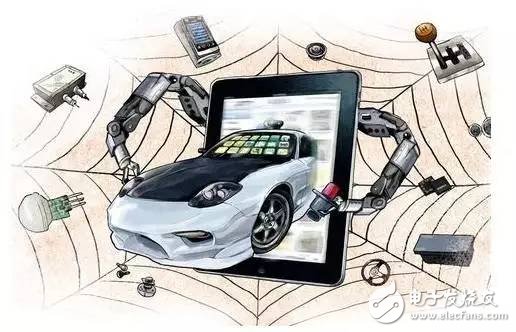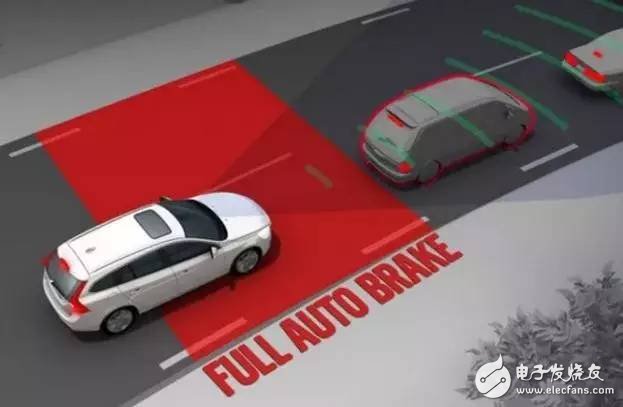In the near future, the cars we drive will likely be fully autonomous, marking a significant shift in transportation. While challenges remain in the development of self-driving technology, it's clear that all major automakers are steadily moving toward this goal. As the industry progresses, advanced driver-assistance systems (ADAS) have already become a key component in modern vehicles, laying the groundwork for a more intelligent and safer driving experience.
Today’s high-tech cars come equipped with various ADAS features that enhance safety and convenience. These technologies not only improve the driving experience but also serve as building blocks for fully autonomous vehicles. In this article, we'll explore some of the most important ADAS technologies and how they contribute to the future of driving.

One of the most widely used ADAS features is **Blind Spot Monitoring (BSM)**. This system uses ultrasonic sensors on both sides of the vehicle to detect other cars in the blind spots—areas that are not visible through the rearview mirror or are blocked by pillars. When another vehicle is detected, the system alerts the driver via a light on the side mirror or A-pillar. If the driver signals to change lanes, an audible alert or beep is triggered, helping to prevent dangerous lane changes.

Another essential feature is **Low-Speed Safety**. While many systems focus on high-speed safety, innovations like rear-view cameras help drivers avoid collisions at low speeds, especially when reversing. These cameras provide a clear view of the area behind the car, reducing the risk of bumping into objects or pedestrians. Some systems even work in conjunction with cross-traffic alerts to further enhance safety during parking or maneuvering.

The **Lane Departure Warning System (LDA)** is another crucial ADAS feature. Using front-facing cameras, the system monitors road markings and detects if the vehicle is drifting out of its lane without signaling. If the driver fails to use the turn signal, the system alerts them with a visual or audio warning. This helps keep drivers more aware and cautious, especially during long drives or when tired.

Looking ahead, **driverless systems** are becoming a reality. Many existing ADAS technologies, such as lane-keeping assist and adaptive cruise control, are already being integrated into semi-autonomous driving systems like Volvo Pilot Assist, Tesla Autopilot, and General Motors’ Super Cruise. As these technologies continue to evolve, they will eventually form the backbone of fully autonomous vehicles.
With ongoing advancements, the question remains: Will self-driving cars become the norm in the future? What do you think is the ideal ADAS technology? Which system do you believe has the most potential for widespread adoption? We’d love to hear your thoughts in the comments below!
Beam Splitter,Dichroic Beam Splitter,Optical Beam Splitter Cube,Beam Splitter Cube
Danyang Horse Optical Co., Ltd , https://www.dyhorseoptical.com
